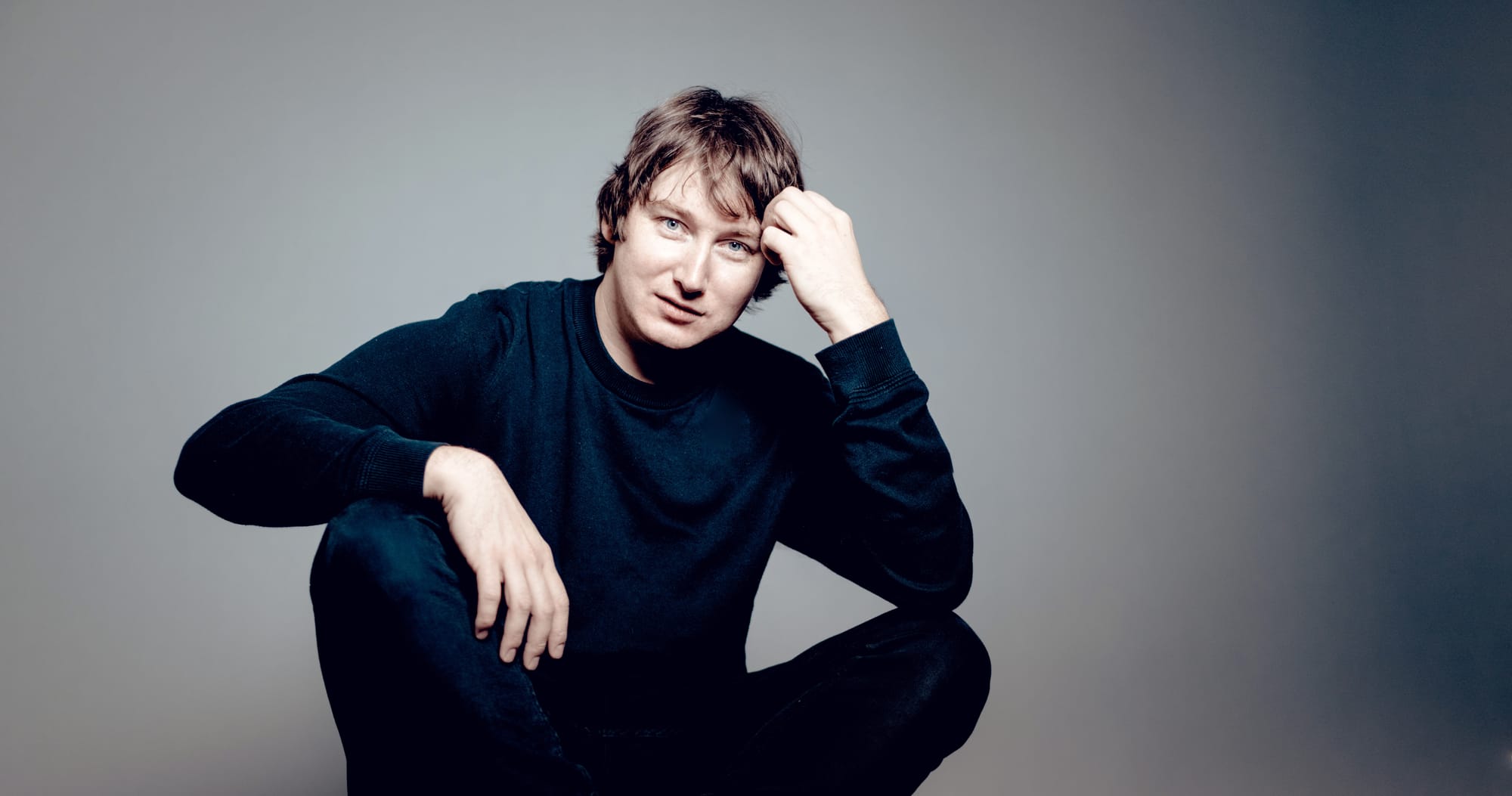More Mozart from Il Pomo d'oro
... this is shaping into a significant cycle, one every Mozart lover should own.

We met Il Pomo d'oro before in Mozart, their fantastic The Beginning and the End disc (see this post). They're back, with the middle and the end (which doesn't have quite the same ring to it - this one is just called, in a celebration of lower-case, mozart - the symphonies.
It is, of course, Volume 2. and is just as energising as the first. Mozart's Symphony No. 29 has long been the most beloved of the earlier symphonies (although horn players have a certain justifiable trepidation about those high B's - sounding E's - quiet in the first movement and perilous, strident and full of bravado at the symphony's close.

Maxim Emelyanychev is a mere 35 years old and is also the Principal Conductor of the Scottish Chanber Orchestra; his partnership with Il Pomo d'oro began in 2013. He brings so much energy to Mozart, as we can hear at he beginning of No. 29, which sounds like a coiled spring:
The moves into fortes are buzzing - this is Mozart absolutely for now, without a trace of Mozart the artefact. And the sheer grace of the Andante is remarkable (as is the sudden relocation to Harmoniemusik and the outdoors in the wind!). Remember this symphony was written in Salzburg in 1774 - and Mozart was 18 years old.
The contrasts - often within one phrase - in the (bracing) Menuetto give it real life. But it is the finale that is truly remarkable in its razor-like execution. And the horns at the end are magnificent ...
The Oboe Concerto was also written in Salzburg, but in 1777, three years later. 1777-79 are the years of Mozart's European tour (principally Manheim, Munich and Paris). The piece is congruent with the famous “Jeunehomme” Keyboard Concerto. The Oboe Concerto is the only of Mozart's concertos to allow space for a cadenza in all three movements, and certainly the soloist here, Ivan Podyomov, has a field day. It is also worth noting he seems to be one of the finest living exponents of the oboe on an authentic instrument. His sound is glorious, burnished and, most importantly, under Podyomov's complete control. Il Pomo d'Oro and Emelyanychev are teh perfect partners:
The central Adagio no troppo approaches perfection in Mozart, and one doesn't hear that often. It unfolds in a slow curl of inspiration; and just listen to how much expressive power Podyomov can bring to a single sustained note. And do stick around for the cadenza in this movement - it is the perfect example of ideally pitched rumination:
The finale pipes away lightly at the opening; the orchestra's response almost curt in its staccato. Incidentally, a year after completion, Mozart reworked this piece as the Flute Concerto No. 2 in D.
Finally, the Symphony No. 40 in G-Minor. The contextualising of the late symphonies is a vital part of the ethos of this series and, despite the massive different in key feel between A-major (No. 29 ) and G-Minor (No. 40), this performance of No. 40 has the same tensile core to it. Both allow for bending for second subjects, and Emelyanychev gauges the balance between ongoing trajectory and lyricism perfectly.
That's not to say this is the only way: back in the day this was the performance I grew up with (on LP), and it remains a classic, full of energy, if rather more cushioned than Il Pomo d'Oro present:
The slow movement taken at a proper Andante, is the highlight, full of grace, yes, but so much more. This is at once Heavenly, but has an underlying disquiet one hears in the harmonic scrunches:
I defy anyone to dance a Minuet to the speed of the Menuetto, a heady dance in which the Trio offers only minor relief (it still goes at quite a lick). Lovely how the violins go a little more raw in their ascent - it is, after all, a prefiguration of the horns' natural harmonics. The finale is as multicoloured as they come, no mere flare of notes. It is marked Allegro assai, after all, not Presto, and Emelyanychev's tempo allows for the music's more lyrical side to out. Taking repeats really hammers home the stature of this movement, allowing for the same material to be heard in multiple ways. A stunning account.
Another magnificent disc - this is shaping into a meow significant cycle, one every Mozart lover should own.
As to the group's future plans, December 13-16 at the Teatro Municipale, Reggio Emilia brings the recording sessions for the third volume - so watch this space! The repertoire is the Symphonies N0s. 35 and 26, plus the Third Violin Concerto, with Aylen Pritchin.
January-February 2024 heralds a tour beginning in Luxembourg (January 31), with London (Barbican) on February 2, and the Théâtre des Champs-Elysées, Paris on February 8. The Teatro Real, Madrid hosts them on February 4, with Bozar (Brussels) February 10, Hamburg's Elbphilharmonie on Valentine's Day and Essen on February 16.
